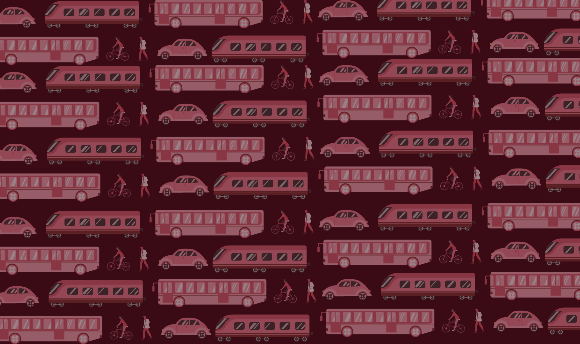Perhaps without even realising it, you’ve probably encountered radiography at some point in your life - whether that was getting an X-ray in A&E or knowing a family member who was receiving cancer treatment. While most of us are more familiar with the side that takes x-rays of bones, the field actually breaks down into two distinct disciplines: Therapeutic and Diagnostic Radiography.
Despite diagnostic radiographers and therapeutic radiographers having very different roles, many people may not be aware of how these two important disciplines differ. In a nutshell, diagnostic radiography involves X-rays to diagnose disease and injury, such as broken bones, whilst therapeutic radiography deals with the delivery of cancer treatment.
Below, we go into some more detail which will hopefully give you a better understanding of these two fascinating areas of the radiography healthcare profession.
So, what is therapeutic radiography exactly and how does it differ from diagnostic radiography?
Therapeutic Radiography
Therapeutic radiography focuses on the planning and delivery of cancer treatment with radiation. Radiotherapy is one of the common ways to treat cancer, alongside surgery and chemotherapy, and involves applying targeted doses of radiation to kill cancer cells.
There are two main stages to a course of therapeutic radiography: planning and delivery. During the planning stage, scans are taken to determine exactly where the affected area is, create a treatment schedule before precisely calculating the dosage of radiation and where the beam will enter and exit the body.
In the delivery stage, a patient will attend daily radiotherapy sessions over their treatment schedule, which can often take weeks. An important part of the role is helping a patient manage any side effects and generally support them during their treatment.
Since these courses of treatment are often a prolonged process, with patients seeing their therapeutic radiography every day for weeks at a time, therapeutic radiographers can get to know their patients quite well. Often, they become an important part of a patient’s support network while they go through a very difficult time in their lives.
This means that developing a deep connection with your patients is an important part of the discipline and therapeutic radiography offers people the opportunity to support their patients in ways that go further than the treatments themselves.
Diagnostic Radiography
Diagnostic radiography, on the other hand, focuses on using specialised technology to take high quality images of the inside of the body. Working alongside doctors, these scans and X-rays are used to diagnose and monitor illnesses and injuries, ensuring a patient gets the correct treatment.
Diagnostic radiographers work in dedicated radiography departments as well as being an important part of A&E clinics. Rather than focusing specifically on the treatment of cancer, or any one illness, diagnostic radiographers will use advanced machinery to diagnose everything from broken bones to brain bleeds.
The role can often be fast paced and incredibly varied. Particularly when working in an A&E clinic, it is common to see many patients over the course of a single shift. Typically, a diagnostic radiographers will only see a patient once before they are passed onto another part of the hospital for treatment, which means they will see a range of different problems in a single day, so it’s a very varied and fast paced profession to work in.
Important distinction between these two healthcare professions
Where therapeutic radiographers are focused on cancer treatment and will often see the same patients on several occasions throughout their treatment period, diagnostic radiologists will constantly see different people with different injuries such as broken ankles, fractured wrists or more serious internal injuries. So, one of the very distinct differences between the roles is that a therapeutic radiographer has the opportunity to develop a supportive relationship with their cancer patients over the course of their treatment period, which could be up to several months; whereas a diagnostic radiographer is constantly dealing with many different patients with a wide range of different injuries or illnesses.
Find out more about the undergraduate radiography courses at Queen Margaret University by visiting:







